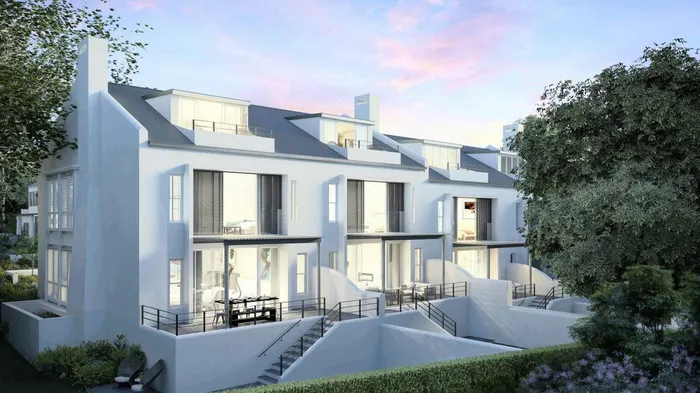Life Rights model means lower daily cost of living

Most people plan their retirement according to life expectancy yet more than 50% will live longer than they expect to.
The Just Retirement Insights 2019 survey reveals 53% of respondents admitted to not calculating how much money they would actually need for retirement, while 48% lacked confidence their money would last their lifespan.
To solve this dilemma, Gus Van der Spek of Aview property developers, the brains behind the newly-launched Wytham Estatein Cape Town’s southern suburbs, says people should look to save more. They could do this by delaying retirement for an extra five or 10 years or delayIng drawing from their retirement funds by working part-time. They could also consider a “life rights” retirement estate.
“Life rights estates are gaining in popularity in South Africa and are ideal for people seeking security of tenure without all of the responsibility of full ownership,” Van der Spek says.
Life Rights gives the buyer the security of living in the property the remainder of their life while the developer remains the sole owner of the property. Van Der Spek adds that upfront costs associated with such estates are generally lower than those in a sectional title scheme because life right is not subject to any transfer duty or VAT.
Speaking about Wytham Estate – described as a world-class, upmarket estate in the middle of an established suburb – he says the life rights model here “creates a nice clean transaction to start your stay, after which our clients enjoy the benefit of receiving top-class services which are rendered at scale, meaning the day-to-day costs of living in our development is relatively lower than in the outside world”.
Related Topics: